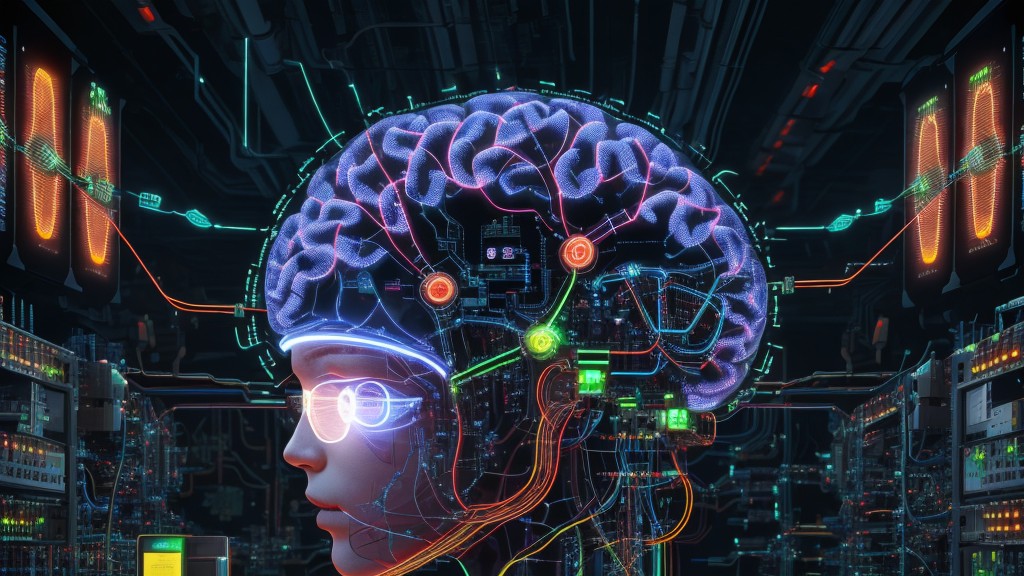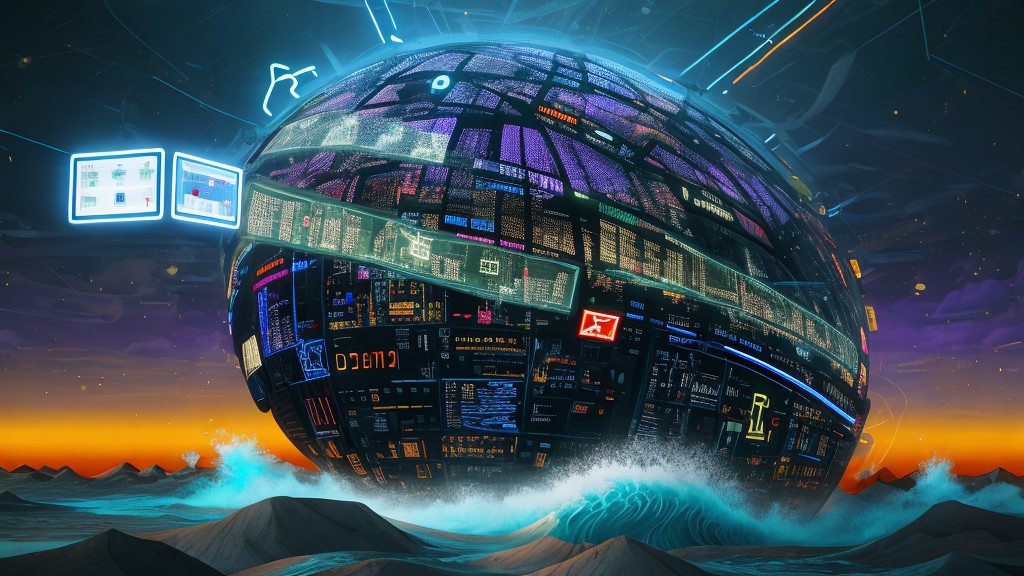
Cohere’s Coral: A Game-Changing AI Knowledge Assistant for Enterprise Ecosystems

Cohere’s Coral: A Game-Changing AI Knowledge Assistant for Enterprise Ecosystems
Coral’s introduction presents a paradigm shift in the way businesses can leverage AI. By sidestepping the limitations associated with conventional generative AI tools, Cohere offers an AI solution that not only excels in delivering relevant insights but also maintains an unwavering commitment to data citation, security, and privacy.
You can learn more about Coral’s exceptional features and the transformation it brings to the AI enterprise landscape by visiting Cohere’s announcement blog here. For a closer look at Coral’s capabilities, feel free to explore here.
As we celebrate this breakthrough in AI enterprise today, July 25, 2023, we open the floor for your thoughts. What potential do you see with AI knowledge assistants like Coral in the contemporary business world? How could such tools reshape industries and redefine efficiency? Let’s explore these exciting prospects together. Your insights are the springboard for an enlightening conversation. Share them with us!




